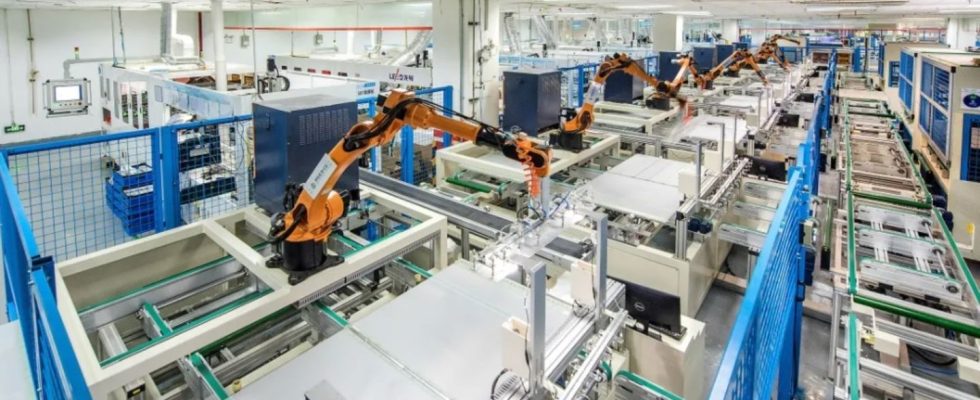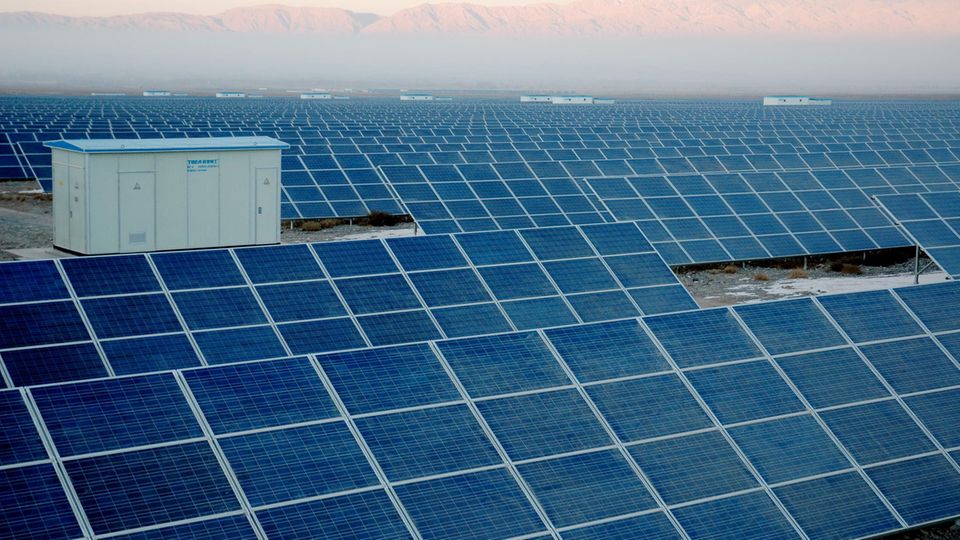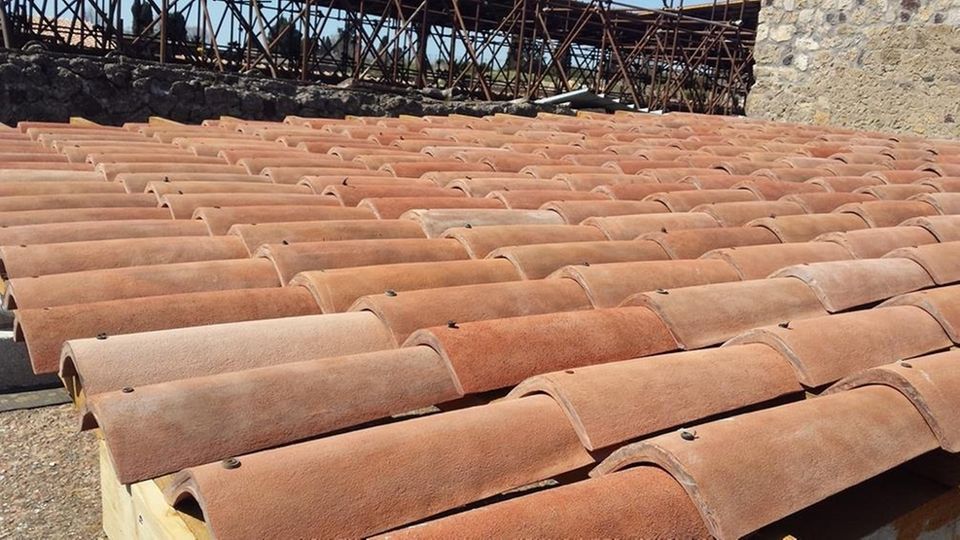energy transition
Solar world power Beijing – by 2026, 80 percent of all solar components will come from China
Production at Trina Solar
© PR
Beijing is investing heavily in the solar industry. The goal is to completely dominate the global market for solar panels. The Chinese products are not only cheaper, but also more advanced.
The report is not about the solar capacity installed in the People’s Republic, but rather about production. Over 120 billion euros were invested in this in 2023.
Technology update
It is important that the report records the construction of the components and not the final assembly. It is common to assemble panels in other countries whose components are of Chinese origin. The great Chinese capacity has two sides. On the one hand, the massive expansion of production means that enough modules will be built to supply the world energy transition to supply. On the other hand, the market is dominated by just one country worldwide. A share of 80 percent, which is also still growing, brings with it enormous economies of scale. It will be difficult for other, much smaller providers to keep up with the development of technology and prices. Huaiyan Sun, the report’s author, therefore believes that China will maintain its leadership position in the global solar supply chain and further expand its technology and cost advantage over its competitors.
Report warns that China is undergoing a technology upgrade, widening the gap between Chinese and foreign manufacturing advances. Chinese modules are included Future be even more competitive. China’s share of the total supply is expected to be 80 percent by 2026, and 95 percent in the advanced n-type cell segment.
Significantly cheaper
Added to this is the cost advantage. According to Sun, a module made in China costs half as much as one made in the EU. Compared to a US module, it is two thirds. European producers also have to fight with India, the Chinese biggest pursuer. Although India remains dependent on China for important components, the country is significantly expanding its solar capacity. For Beijing The solar investment is not without risk, according to the report. There is a risk that global supply will exceed demand. However, the Chinese government has options to regulate demand in its own country.
source Wood Mackenzie




